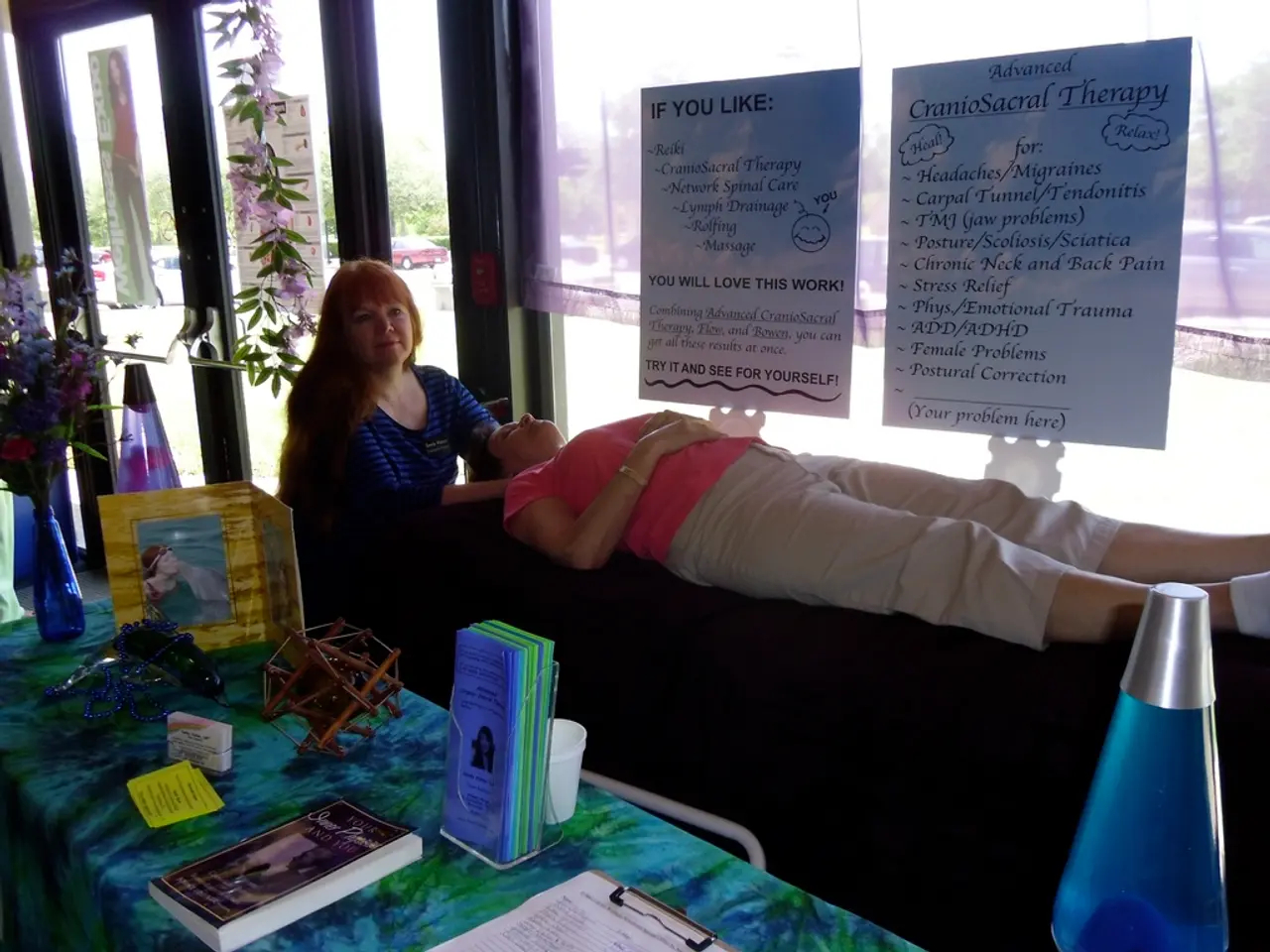The blame does not lie with the mother.
In August 1978, a tragic event in the U.S. state of Washington shook the nation. A young man, suffering from schizophrenia and in a state of psychosis, took the lives of an elderly couple. This event, however, marked the beginning of a significant shift in the understanding and acceptance of people with schizophrenia and their families.
Eleanor Owens, a compassionate woman whose own son had suffered from schizophrenia, read about this crime in her newspaper. Moved by the situation, she decided to reach out to the parents of the young man, offering sympathy, support, and encouragement. This phone call, which was against the feelings of shame and guilt associated with the prevailing "mother theory," was the spark that ignited a movement.
At the time, the "schizophrenogenic mother" theory was widely accepted. Psychoanalysts believed that mothers who were supposedly strict, rejecting, unloving, dominant, or overprotective put their children under psychological pressure, leading to schizophrenia. However, this theory was later found to be wrong, and mothers whose children are diagnosed with schizophrenia today are no longer blamed for the disease, in part due to the work of people like Eleanor Owens.
The National Alliance on Mental Illness (NAMI), which emerged from this group, fought tirelessly for the destigmatization of schizophrenic people and their families. Eleanor Owens' work led to a documentary on public television in the U.S. that clarified the neurobiological causes of schizophrenia. Unfortunately, the search results do not provide specific information about this documentary film that aired on US television, exploring the neurobiological causes of schizophrenia and marking the end of the "mother-blame" theory.
By the mid-1980s, science had provided evidence that traumatic experiences, genetic factors, and irregularities in dopamine levels increase the risk of schizophrenia. The work of Eleanor Owens and NAMI contributed significantly to the destigmatization of schizophrenia and its families. The documentary was a crucial part of this end, providing a platform for the truth about schizophrenia to be heard and understood.
Today, the work of Eleanor Owens continues to inspire and empower families affected by schizophrenia. Her call to the parents of the young man was not just a gesture of sympathy, but a call to action. It was a call to break the stigma, to understand, and to support. And it was a call that was answered by countless others, leading to a more compassionate and informed society.
Read also:
- Peptide YY (PYY): Exploring its Role in Appetite Suppression, Intestinal Health, and Cognitive Links
- Toddler Health: Rotavirus Signs, Origins, and Potential Complications
- Digestive issues and heart discomfort: Root causes and associated health conditions
- House Infernos: Deadly Hazards Surpassing the Flames








